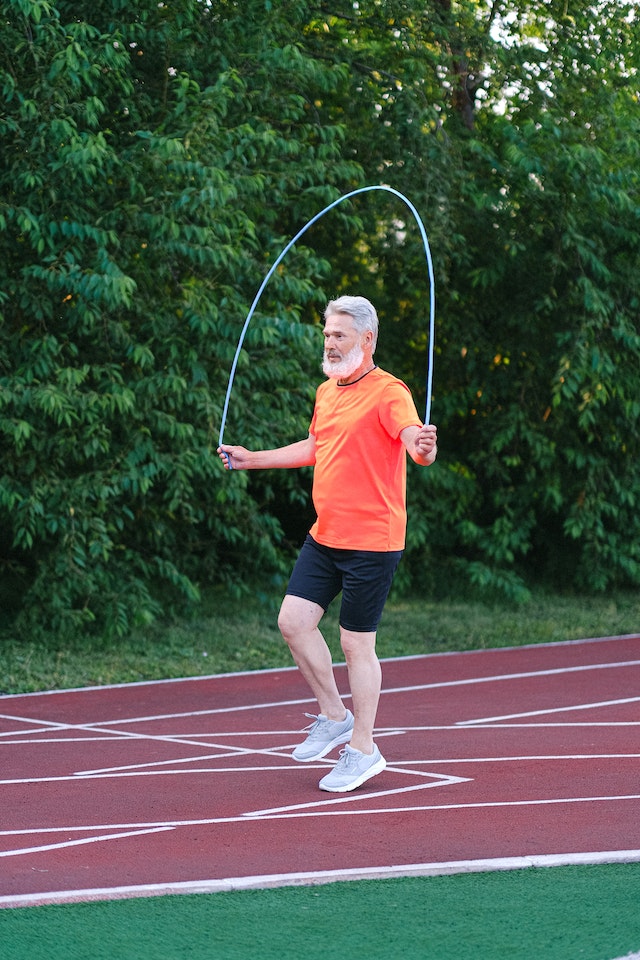As we age, maintaining physical independence becomes increasingly important. The ability to move freely and perform everyday activities without assistance contributes to our overall well-being and quality of life. While many people focus on traditional health strategies such as exercise and nutrition, there are three often overlooked strategies that can greatly support maintaining physical independence as we age. These strategies, backed by research, offer valuable insights and practical tips for aging gracefully and maintaining a high level of functionality.
1. Balance and Stability Training: Balance is a key aspect of maintaining physical independence, as it plays a crucial role in preventing falls and injuries. Engaging in regular balance and stability training exercises can significantly improve balance and reduce the risk of falls. Exercises that challenge balance, such as standing on one leg, walking heel-to-toe, or practicing yoga and tai chi, can enhance proprioception and strengthen the muscles involved in maintaining stability. Incorporating these exercises into your routine, ideally under the guidance of a qualified professional, can help improve balance and reduce the likelihood of falls, allowing you to maintain your physical independence.
2. Cognitive Stimulation: It may come as a surprise, but cognitive health plays a significant role in maintaining physical independence. Studies have shown that cognitive stimulation and mental exercises can improve physical functioning and reduce the risk of functional decline in older adults. Engaging in activities that challenge the brain, such as puzzles, reading, learning new skills, or playing musical instruments, can promote cognitive health and enhance physical independence. By keeping your mind active and continuously learning, you can support overall well-being and maintain your physical abilities.
3. Social Connections and Support: The power of social connections should not be underestimated when it comes to maintaining physical independence. Research has shown that strong social networks and social support play a crucial role in healthy aging. Engaging in social activities, connecting with friends and family, participating in community events, and joining clubs or organizations can provide a sense of belonging and emotional support. Additionally, having social connections can encourage participation in physical activities and provide motivation for maintaining an active lifestyle. Cultivating and nurturing social connections can have a profound impact on your physical independence and overall well-being.
Incorporating these often overlooked strategies into your lifestyle can greatly contribute to maintaining physical independence as you age. Balance and stability training exercises can improve your stability and reduce the risk of falls, cognitive stimulation can support overall functioning and physical abilities, and social connections can provide emotional support and motivation for an active lifestyle. Embracing these strategies, alongside regular exercise and a balanced diet, can help you age gracefully and maintain your physical independence.
Remember, it’s never too late to start implementing these strategies. Begin gradually, listen to your body, and seek guidance from healthcare professionals or experts in the field if needed. By prioritizing these often overlooked aspects of aging, you can enhance your overall well-being and maintain your physical independence, allowing you to live life to the fullest as you gracefully age.










